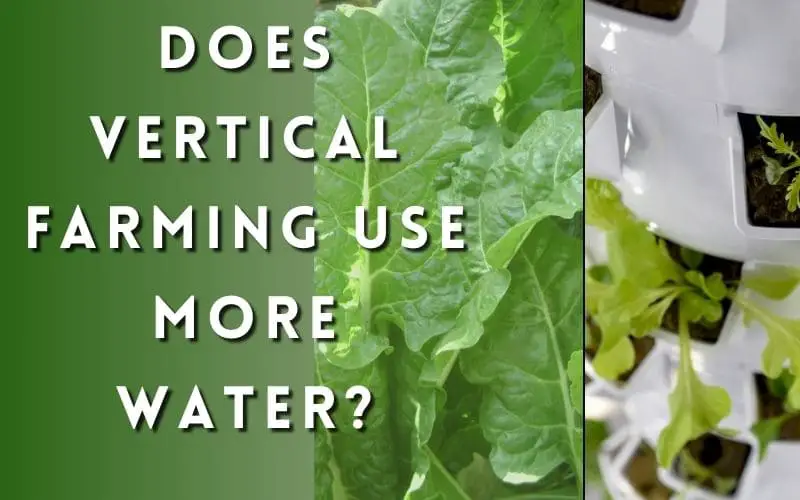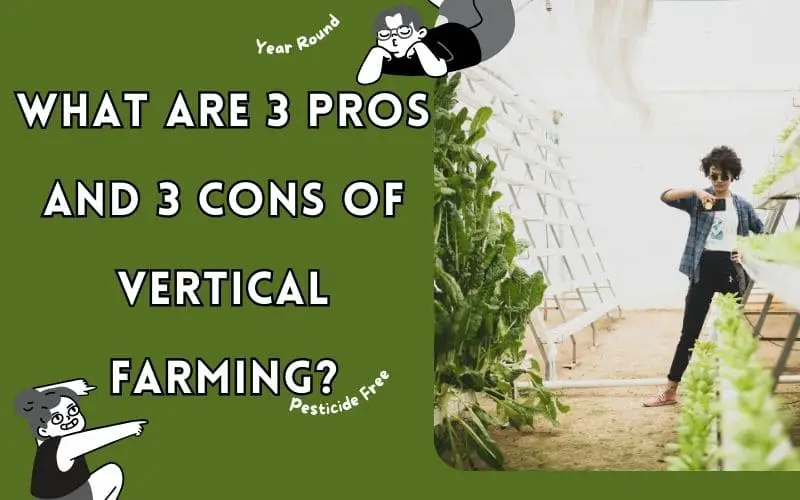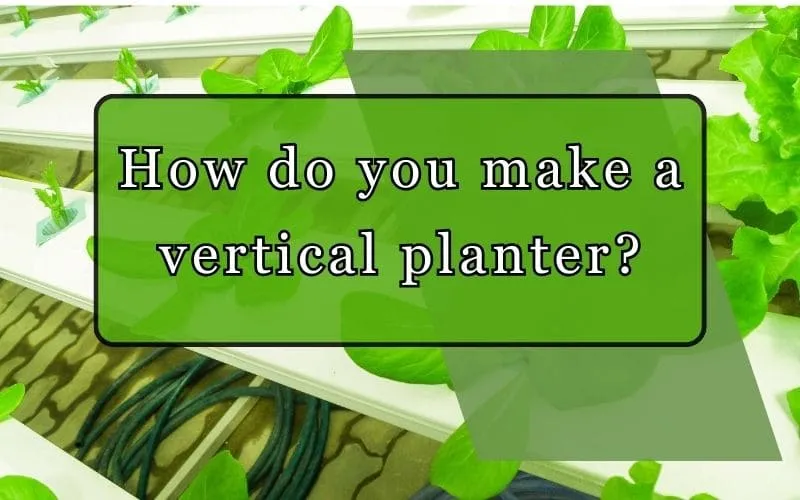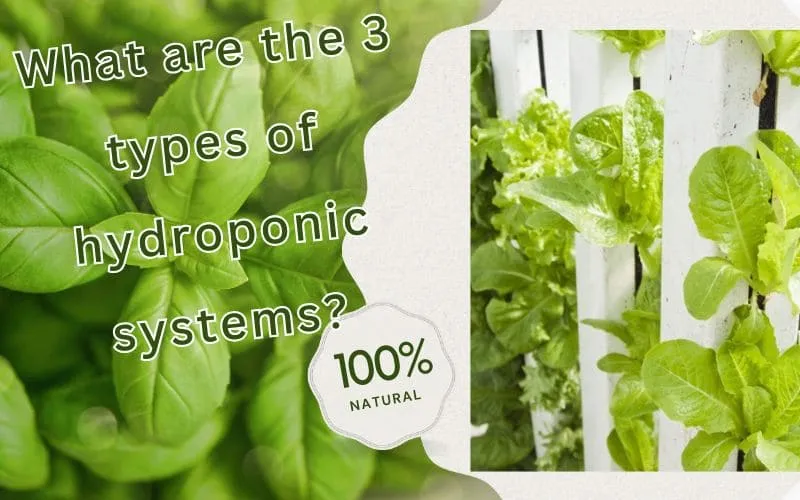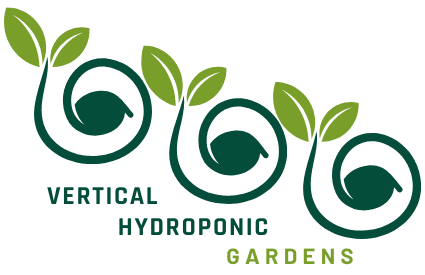How are vertical farms watered?

Introduction
Welcome to our comprehensive guide on the methods of watering vertical farms and the importance of water conservation in vertical farming. In this article, we will explore the various techniques and systems used for watering vertical farms, as well as the innovative approaches for water conservation in this sustainable agricultural practice.
Answer to the Question
Vertical farms are watered through innovative hydroponic, aeroponic, and aquaponic systems that provide a controlled environment for growing crops. Additionally, water conservation in vertical farming is achieved through recycling, reusing, and smart irrigation technologies.
Methods of Watering Vertical Farms
Hydroponic Systems
Hydroponic systems are a soil-less method of growing plants, using nutrient-rich water solutions to provide the essential elements for plant growth. Here are some key points about hydroponic systems:
- Types of Hydroponic Systems:
- There are several types of hydroponic systems, each with its own unique characteristics and advantages. Some of the most common types include:
- Deep Water Culture (DWC): This method involves suspending plant roots in a nutrient solution, allowing for high oxygen levels and rapid growth.
- Nutrient Film Technique (NFT): In this system, a thin film of nutrient solution flows over the roots of the plants, providing a constant supply of water and nutrients.
- Vertical Hydroponic Systems: These systems are designed to grow plants in a vertical arrangement, making efficient use of space.
- Advantages of Hydroponic Systems:
- Hydroponic systems offer several benefits over traditional soil-based gardening, including:
- Conservation of Water: Hydroponic systems use significantly less water compared to soil-based gardening, making them a more sustainable option.
- Accelerated Growth: With direct access to nutrients and oxygen, plants grown in hydroponic systems tend to grow faster than those in soil.
- Space Efficiency: These systems can be designed for vertical farming, utilizing space more efficiently and allowing for high-density cultivation.
- Considerations for Plant Growth:
- Successful growth in hydroponic systems requires attention to key factors such as pH levels, nutrient concentration, and adequate aeration. Ensuring these conditions are met can lead to vibrant plant growth and high yields.
Aeroponic Systems
Aeroponic systems are a type of hydroponic system that uses a nutrient mist to nourish plant roots rather than submerging them in water.
They are characterized by the following features:
- Highly efficient use of water and nutrients
- No need for soil, which reduces the risk of soil-borne diseases
- Allows for better aeration and root growth
Aquaponic Systems
Aquaponics is a sustainable method of farming that combines aquaculture (raising fish) and hydroponics (cultivating plants in water) in a symbiotic environment. It is an innovative and eco-friendly way of producing food that integrates the cultivation of plants and fish, utilizing the waste from fish to provide nutrients for the plants.
Here are some key points to consider when implementing aquaponic systems:
- System Setup: Aquaponic systems can vary in size and complexity, from small-scale home setups to large commercial operations. The setup typically includes tanks for fish, a biofilter for converting fish waste into plant nutrients, and a hydroponic system for growing plants.
- Beneficial Relationship: In aquaponics, fish and plants work together in a mutually beneficial relationship. Fish waste provides an organic food source for the plants, and in turn, the plants filter and clean the water that goes back to the fish tanks.
- Environmental Impact: Aquaponic systems use significantly less water than traditional soil-based farming and do not require the use of synthetic fertilizers or pesticides, making them more environmentally friendly.
- Species Diversity: Various types of fish and plants can be cultivated in aquaponic systems, offering a wide range of options for food production and personal preferences.
- Learning and Education: Aquaponics provides an excellent platform for education and hands-on learning, making it an ideal system for schools, community projects, and educational institutions.
Water Conservation in Vertical Farming
Recycling and Reusing Water
Recycling and reusing water is a crucial aspect of water conservation in vertical farming. By implementing effective water recycling methods, vertical farms can significantly reduce their water usage and minimize their environmental impact. Here are some key strategies for recycling and reusing water in vertical farming:
- Collection and Filtration: Implementing systems to collect and filter water from various processes such as hydroponics, aquaponics, and irrigation can help in recycling water for reuse.
- Closed-Loop Systems: Utilizing closed-loop irrigation systems that recirculate water within the farm, reducing the need for constant freshwater input.
- Reverse Osmosis: Employing reverse osmosis technology to purify and recycle irrigation water, effectively reducing water waste.
Vertical farms can also maximize water efficiency by optimizing their irrigation scheduling, using smart sensors to monitor soil moisture levels, and adopting precision irrigation techniques. Moreover, the use of water-efficient hydroponic and aeroponic systems contributes to the overall conservation of water resources.
Furthermore, incorporating water storage facilities, such as rainwater harvesting and storage tanks, can provide an additional source of water for agricultural activities, reducing reliance on external water sources.
Smart Irrigation Technologies
Smart irrigation technologies play a crucial role in efficient water usage in vertical farming. These technologies encompass a range of tools and systems designed to optimize water application, reduce wastage, and ensure the precise delivery of water to crops.
- Automated Irrigation Systems: These systems utilize sensors to monitor soil moisture, temperature, and environmental conditions, enabling automated adjustments to watering schedules based on real-time data.
- Drip Irrigation: Drip irrigation delivers water directly to the root zone of plants, minimizing evaporation and runoff. It promotes water conservation by providing uniform hydration while minimizing water loss.
- Weather-Based Irrigation Controllers: These controllers use weather data to adjust irrigation schedules, accounting for factors such as rainfall, humidity, and temperature to optimize water usage.
- Soil Moisture Sensors: These sensors detect soil moisture levels, allowing for precise irrigation management based on the actual water needs of the plants.
- Remote Monitoring and Control: Advanced irrigation systems enable remote monitoring and control, empowering farmers to oversee and manage irrigation processes from anywhere via mobile or web-based platforms.
By implementing smart irrigation technologies, vertical farms can achieve more sustainable water use, reduce operational costs, and enhance crop yields through optimized water management.
Conclusion
In conclusion, the methods of watering vertical farms encompass innovative hydroponic, aeroponic, and aquaponic systems that offer precise control over water delivery and promote sustainable crop production in controlled environments. Furthermore, water conservation in vertical farming is achieved through recycling, reusing, and the adoption of smart irrigation technologies, ensuring efficient water utilization while supporting the growth of fresh produce. As vertical farming continues to evolve, these approaches play a crucial role in advancing agricultural sustainability and environmental stewardship.
